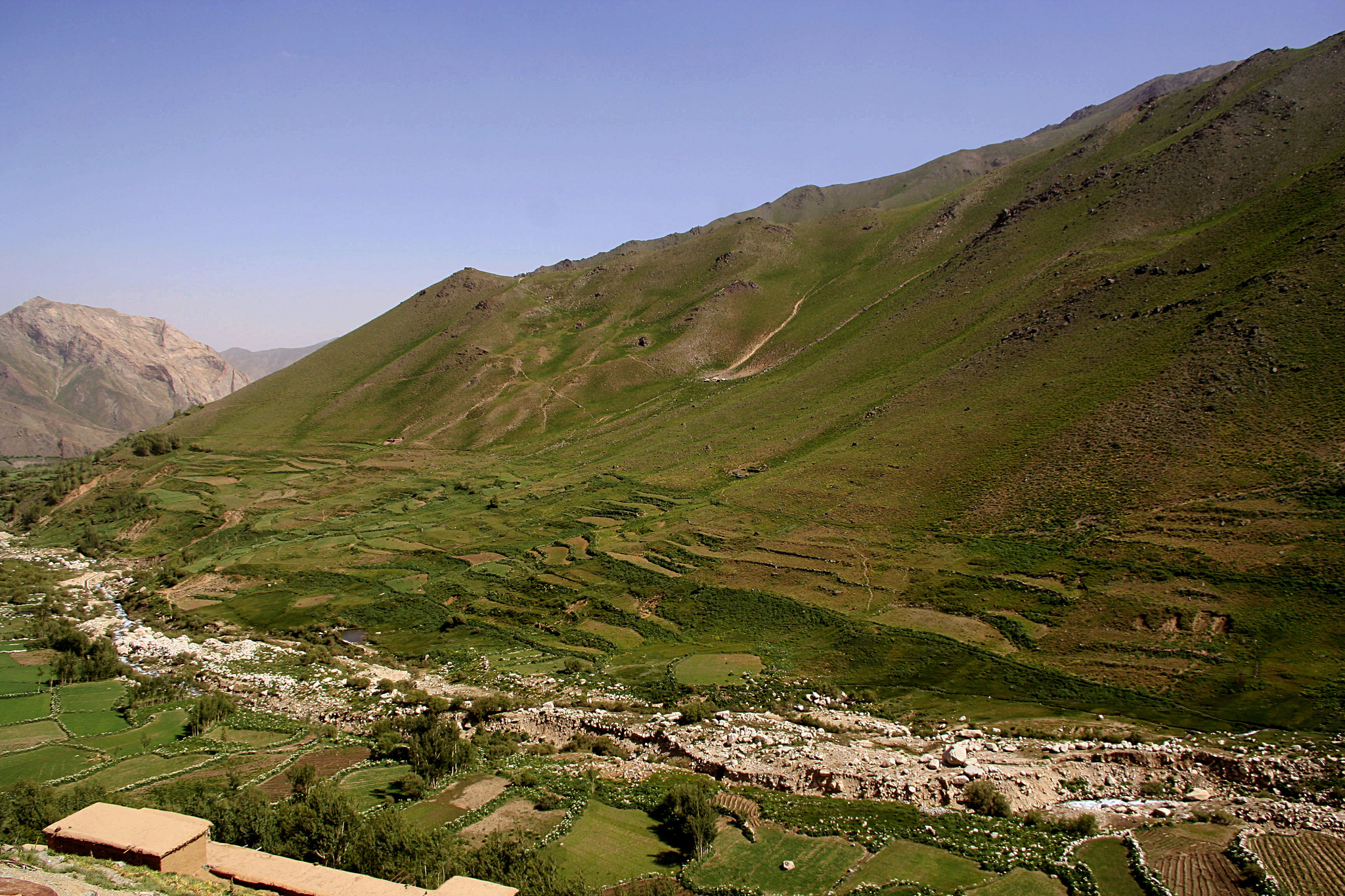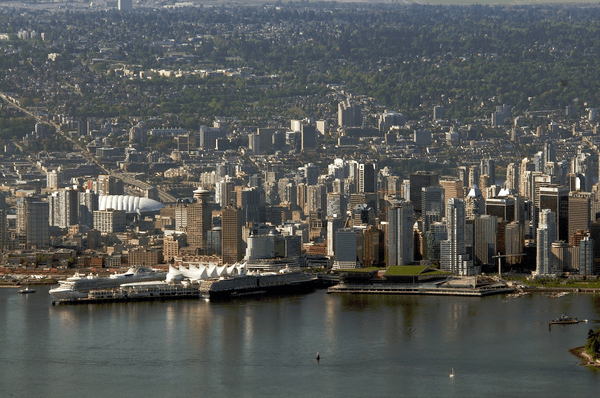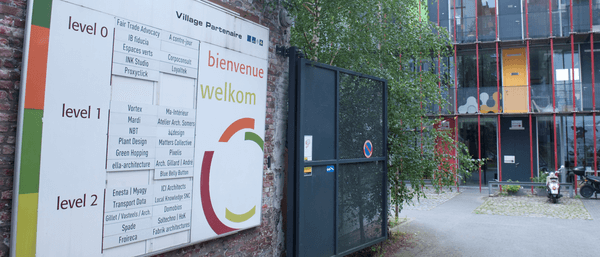
City
Kabul
Main actors
NGO / Philanthropy
Project area
Whole City/Administrative Region
Duration
Ongoing since 2015
Social enterprise project addressing food security of vulnerable women and their families in Afghanistan.
Afghanistan is one of the poorest countries in the world. 11 million Afghans or 36% of the population live in absolute poverty. Around 7 million Afghans are classed as food insecure, consuming less than 2,100 kilo–calories per day. Widows, of which there are said to be around 1.5 million in this war-torn country are especially disadvantaged with few options for them to earn an income and support themselves. (source: http://foodladder.org.au/media-announcement-female-leadership-delivers-collaboration-empowering-widows-afghanistan/)
Australian-based non-profit organisations Mahboba’s Promise and Food Ladder launched a collaborative social enterprise project addressing food security of vulnerable women and their families in Afghanistan. Food Ladder addresses food security by empowering the poorest people in the world with its environmentally sustainable, high-yield, hydroponic greenhouse garden system. This system derives from commercial farming techniques, delivering commercial-scale quality and output to the poor.
The aim of this project is to create a local source of food to communities and the technology which enables them to cultivate crops indigenous to their diets.
On Map
The Map will be displayed after accepting cookie policy


